Is there any better feeling than seeing the first flowers of spring peeking out after a long, cold winter? The weather is warm, the sun is shining and it’s time to bring some colorful flowers into our homes.
Flowers have their own symbolism and carry a variety of magical meanings in witchcraft. Get your home ready for the spring and bring some magic into your home with these witchy spring flowers.
Lavender
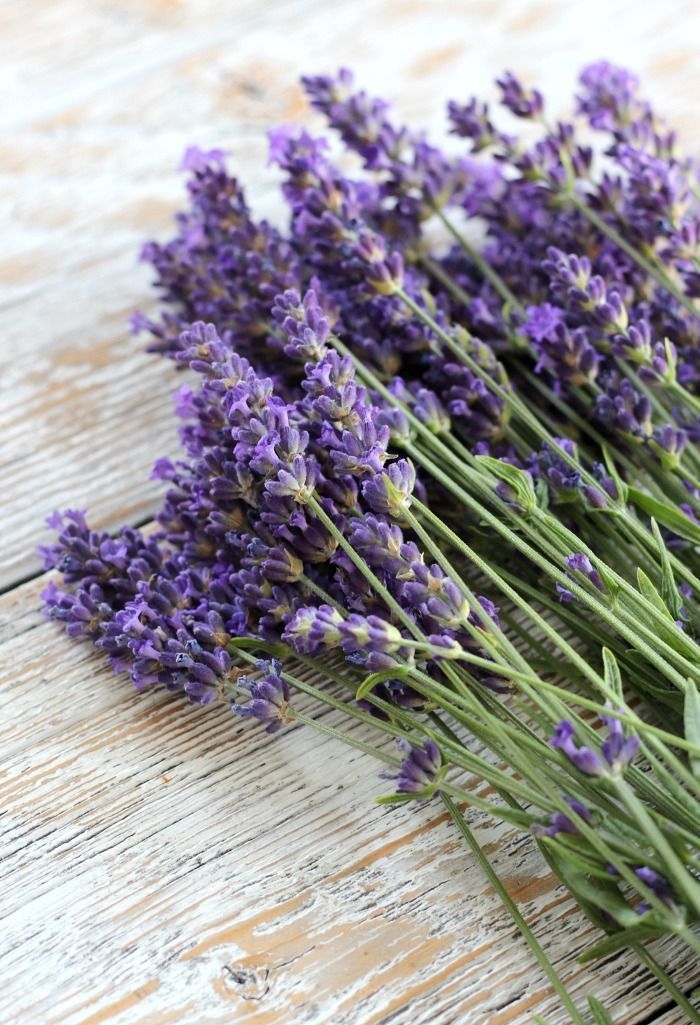
Fragrant, graceful lavender. Though it’s grown throughout the world today, lavender is native to areas surrounding the Mediterranean and countries east of India. Lavender has been used for over 2,500 years for fragrances, therapeutics, cooking and magic. Egyptians used lavender oil in embalming, the Greeks benefited from its medicinal properties and it was also used extensively by the Romans, who brought it with them throughout the Empire.
In witchcraft, lavender flowers represent calmness, peace, tranquility, purification and love. The color of the flowers are purple, which is associated with the crown chakra, the energy center associated with higher purpose and spiritual connectivity.
Rose
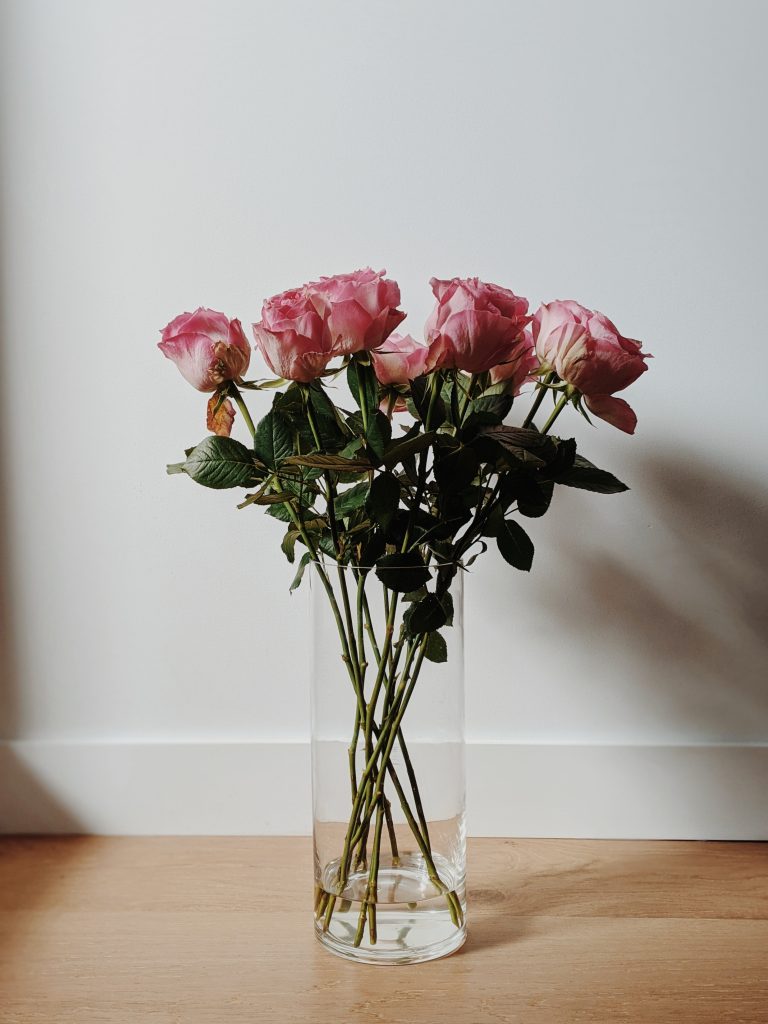
Archaeological finds confirm that roses are among the earliest flowers to bloom on Earth, having first appeared in Asia before spreading wild across the entire Northern Hemisphere. Roses were also grown extensively in the Middle East during Roman times. Egyptian queen Cleopatra was a known fancier of roses, using them in her attempt to romance (successfully) Roman general Mark Antony.
With the roses’ widespread global history, they exist in over 150 species and come in a wide variety of colors and sizes. With so many roses to choose from, the flower has developed a language of its own. Red roses express romantic love and yellow the care of friendship. White roses symbolize innocence and purity while orange roses convey passion and enthusiasm. Pink roses mean admiration, thanks and joy.
Generally in witchcraft, roses are the flower of love and have been used in love spells for thousands of years. It is believed that they can promote love and stimulate one’s sex drive. It is also said that roses have properties aiding in developing psychic knowledge and increasing intuition. They have also been found buried around Egyptian tombs for protection.
Lilac
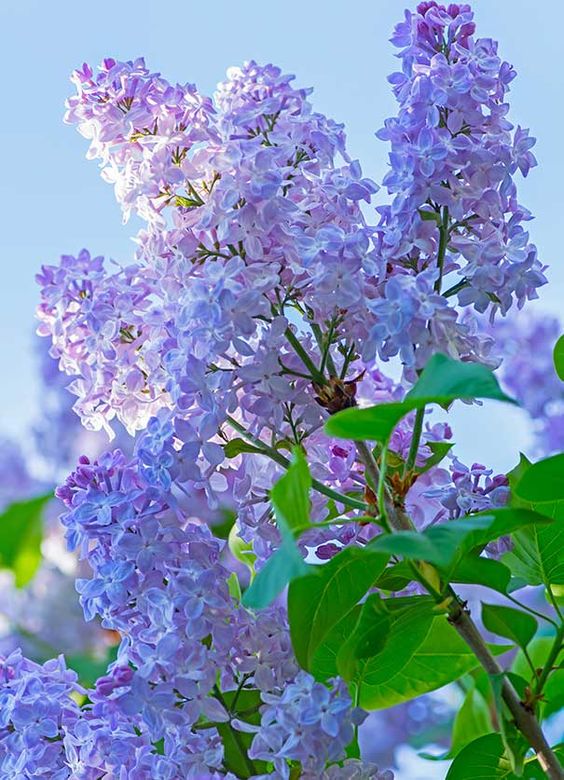
Known as the “Queen of Shrubs,” lilacs are some of the most fragrant flowering bushes in the garden. They bloom in early to late Spring and are native to the woodlands of eastern Asia and southeastern Europe. They were brought over to America by colonists in the 17th century where they became quickly popular with Americans and inspired the first botanical gardens. For the ancient Greeks, lilacs were an integral part of the story of Pan, the god of forests and fields.
In witchcraft, lilacs are wonderful for banishing negative energy, inviting in love and protecting the home.
Jasmine
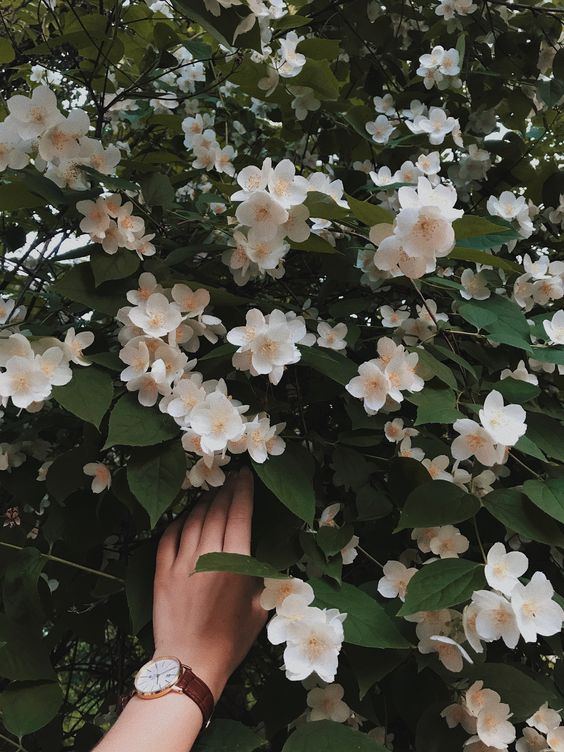
The word jasmine is derived from the Persian word “yasmin,” which means “gift from God.” Native to Persia and Kashmir, jasmine was a sacred flower in ancient Persia. In China, jasmine flowers were strewn on New Year’s Day. It is symbolic of the moon and of the mysteries of the night.
In witchcraft, jasmine flowers symbolize peace, harmony, relaxation, love, happiness, wealth and spirituality. Jasmine is also said to attract spiritual love and aid in prophetic dreams and spiritual development.
Yarrow
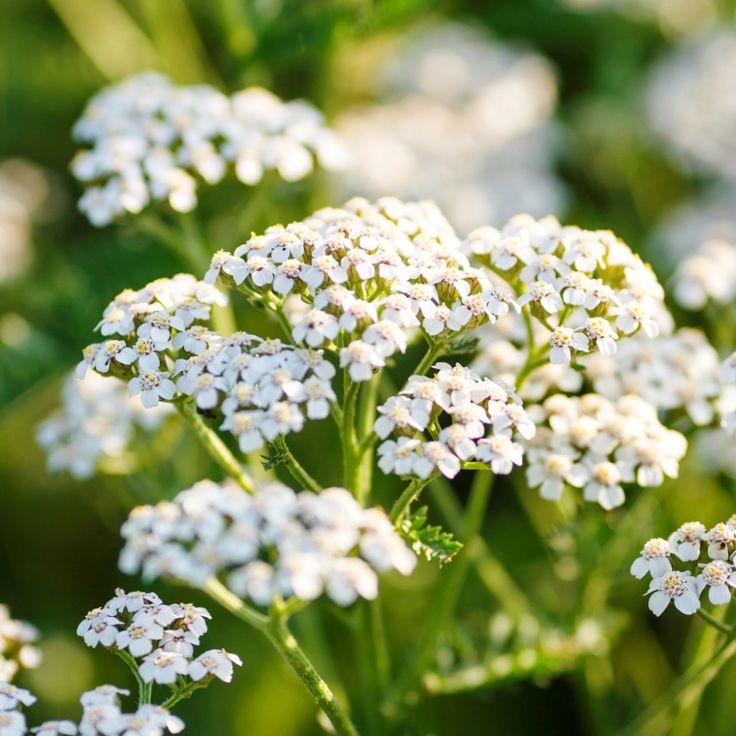
Yarrow’s Latin name, “Achillea millefolium,” is derived from the Greek Hero Achilles, who was said to rely on this herb to heal his warriors on the battlefield. It is native to Europe and Western Asia, but has been naturalized in North America, Australia and New Zealand. It’s been used in western Europe and China as a tool for divination for centries and has a long-stand reputation among herbalists to slow and stop the flow of blood.
In witchcraft, yarrow flowers is considered to be feminine and is associated with Venus and the element of water. It has long been a symbol of love, specifically lasting love. It is also great for psychic power and fidelity.
Chamomile
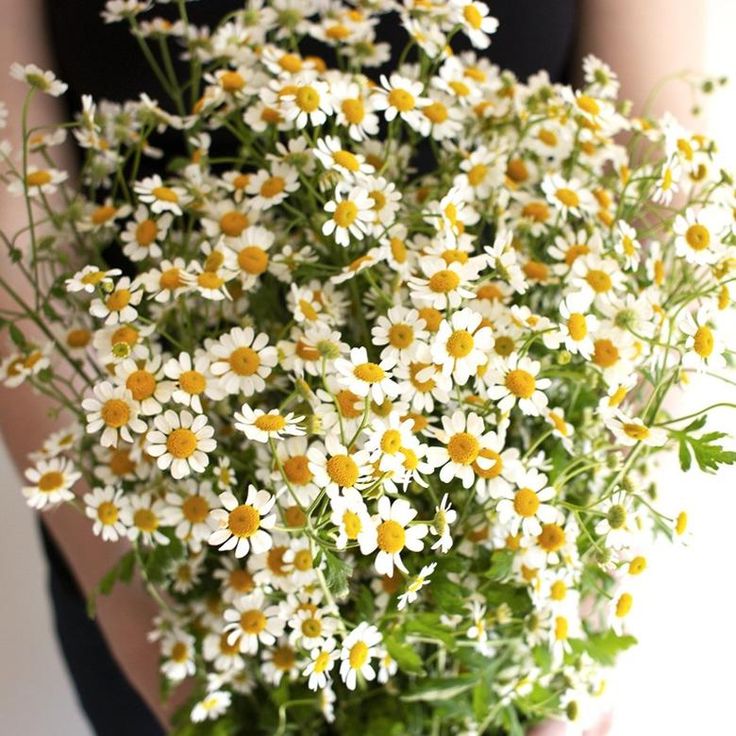
In ancient Egypt, chamomile was considered a gift from the divine. Offerings of the flower were made to the sun god Ra as a form of worship, King Tut’s sandals were decorated in chamomile and the plant’s oil was used to anoint the dead. Chamomile flowers are found depicted in many ancient Egyptian hieroglyphics dating back over 2,000 years. In fact, accounts of chamomile’s properties are found in ancient cultures all throughout the world.
In witchcraft, chamomile is used for healing, passion, relaxation, meditation and protection.
Passionflower
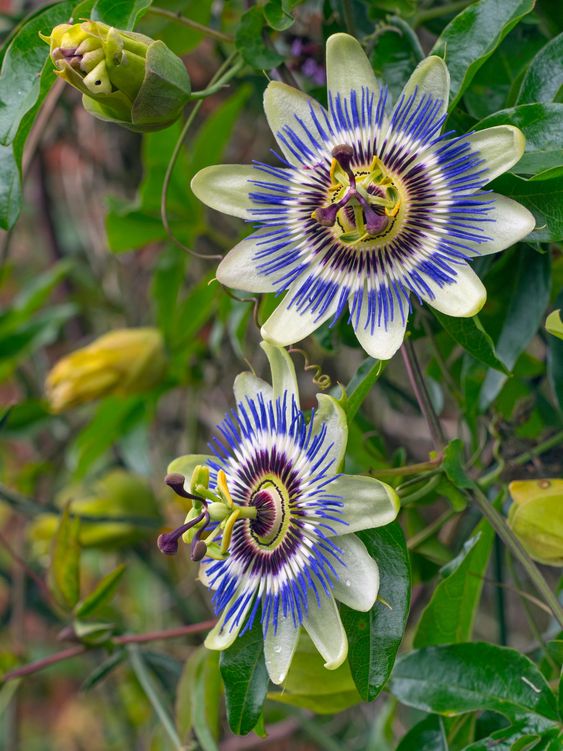
Passionflower is predominantly distributed through Mexico and Central and South America and was discovered in Peru in 1569. The name “passionflower” comes from descriptions of its flower parts supplied in the seventeenth century by Spanish priests in South America. It was known by the Spanish as “La Flor de las Cinco Llagas,” or “The Flower with the Five Wounds,” a direct reference to the teachings of the Catholic Church. The name refers to the Crucifixion of Jesus Christ, while the five petals and five sepals are said to represent the 10 faithful apostles. It’s possible that the passionflower was seen as a symbolic teaching tool to convert the native Indians of Peru to Christianity.
In witchcraft, passionflower is used for psychic ability, passion, friendship and peace.
Calendula
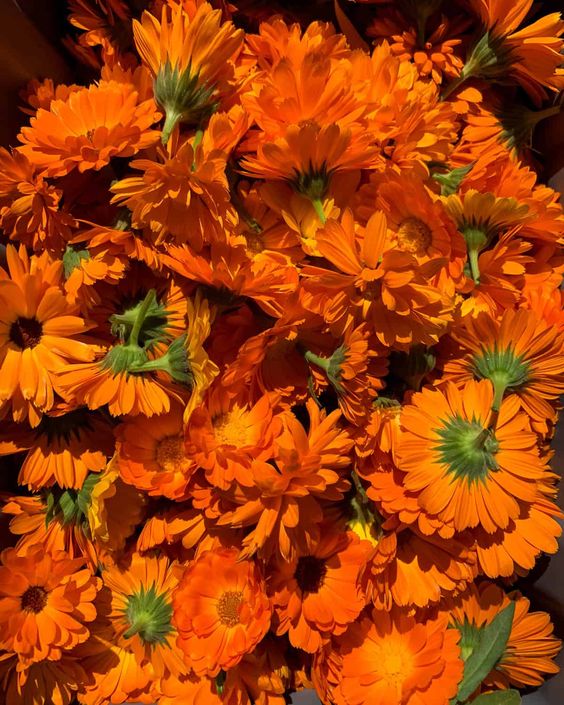
While Calendula’s origins are somewhat disputed, there’s no question about how magical this flower is. Europeans and early American colonists relied on calendula’s sunniness and immune-boosting properties or protection against the cold of winter, being used as a regular ingredient in soups and stews, herbal infusions and beauty treatments. Ancient Egyptians used calendula to rejuvenate their skin and it was used as garlands for religious rituals in ancient India. Powers of protection and prophecy have been attributed to the flower.
In witchcraft, calendula is a great flower for protection, psychic ability, love and loyalty.
Daisy
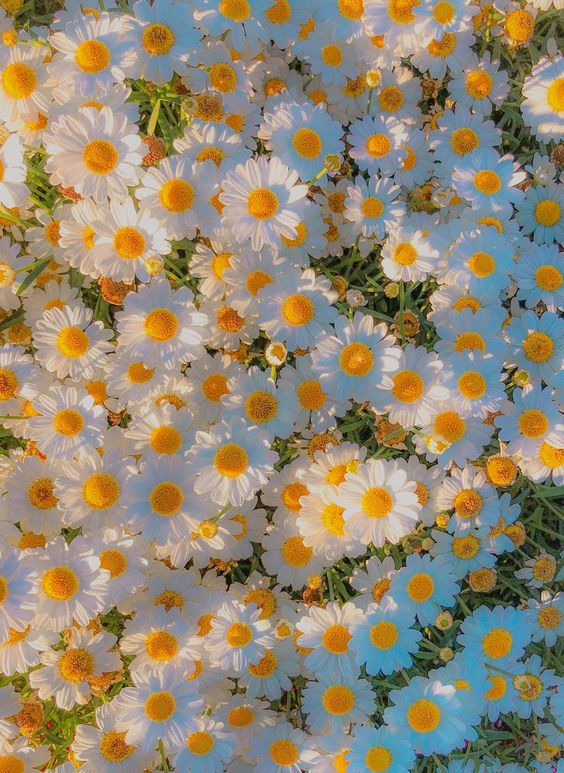
The daisy gets its name from the Old English phrase “daes eage,” or “day’s eye,” because of the way the flower blossoms at the first sign of dawn. They have been around since at least 2,200 B.C., when the ancient Egyptians grew them in their gardens and used them as herbal medicine. Daisies are members of the biggest plant family in the world – vascular plants, which make up ten percent of all flowers on Earth and grow on every continent except Antarctica.
In witchcraft, daisies symbolize innocence, purity, new beginnings and love.
Sunflower
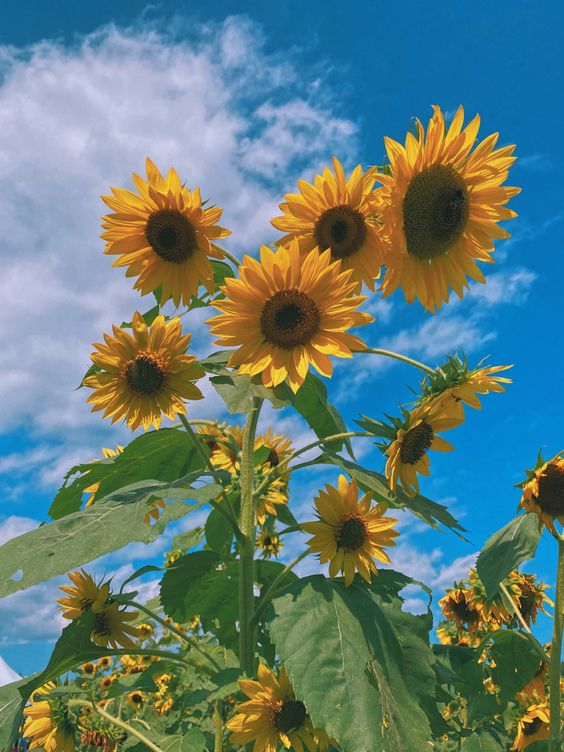
Officially known as the helianthus annuus, the sunflower derived its name from the Greek root words “helia,” meaning “sun,” and “anthos,” meaning “flower.” Sunflowers are heliotropic, which means they move with the movement of the sun from east to west before returning to an eastward-facing position after sunset. The wild sunflower is native to North America and it was Native Americans who first domesticated the plant.
In witchcraft, sunflowers are symbolic of good luck, happiness, loyalty, truth and fertility.
Violet
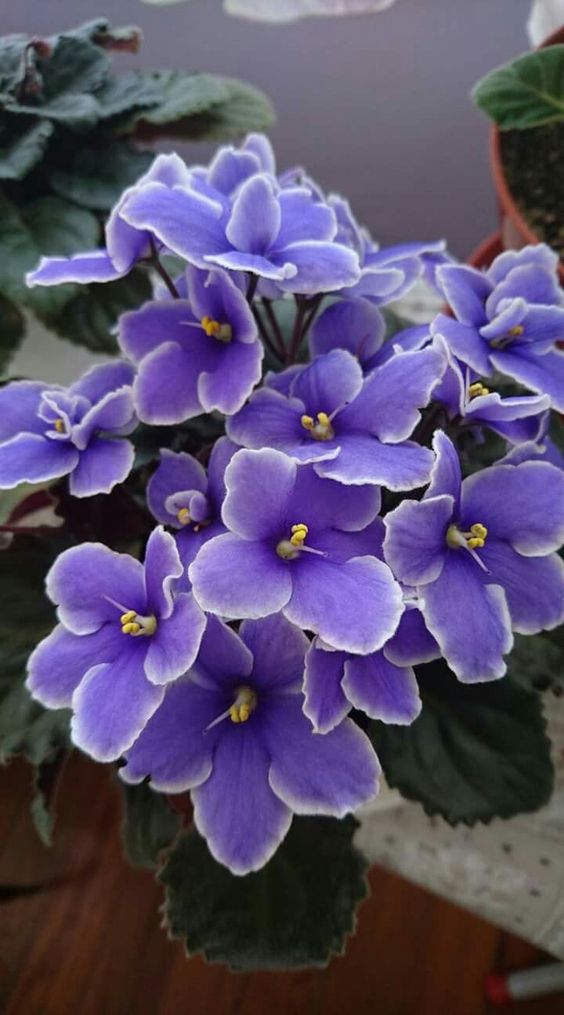
Violet flowers are native to the Northern Hemisphere and in some parts of Australia, Andes, Hawaii and South America. Violets were known since around 500 BC. The Greeks used violets in their wines, foods and medicines, and they loved the flower so much that it became the symbol of Athens.
In witchcraft, violets symbolize harmony, hope, peace, luck, love and protection.
Happy Spring!



